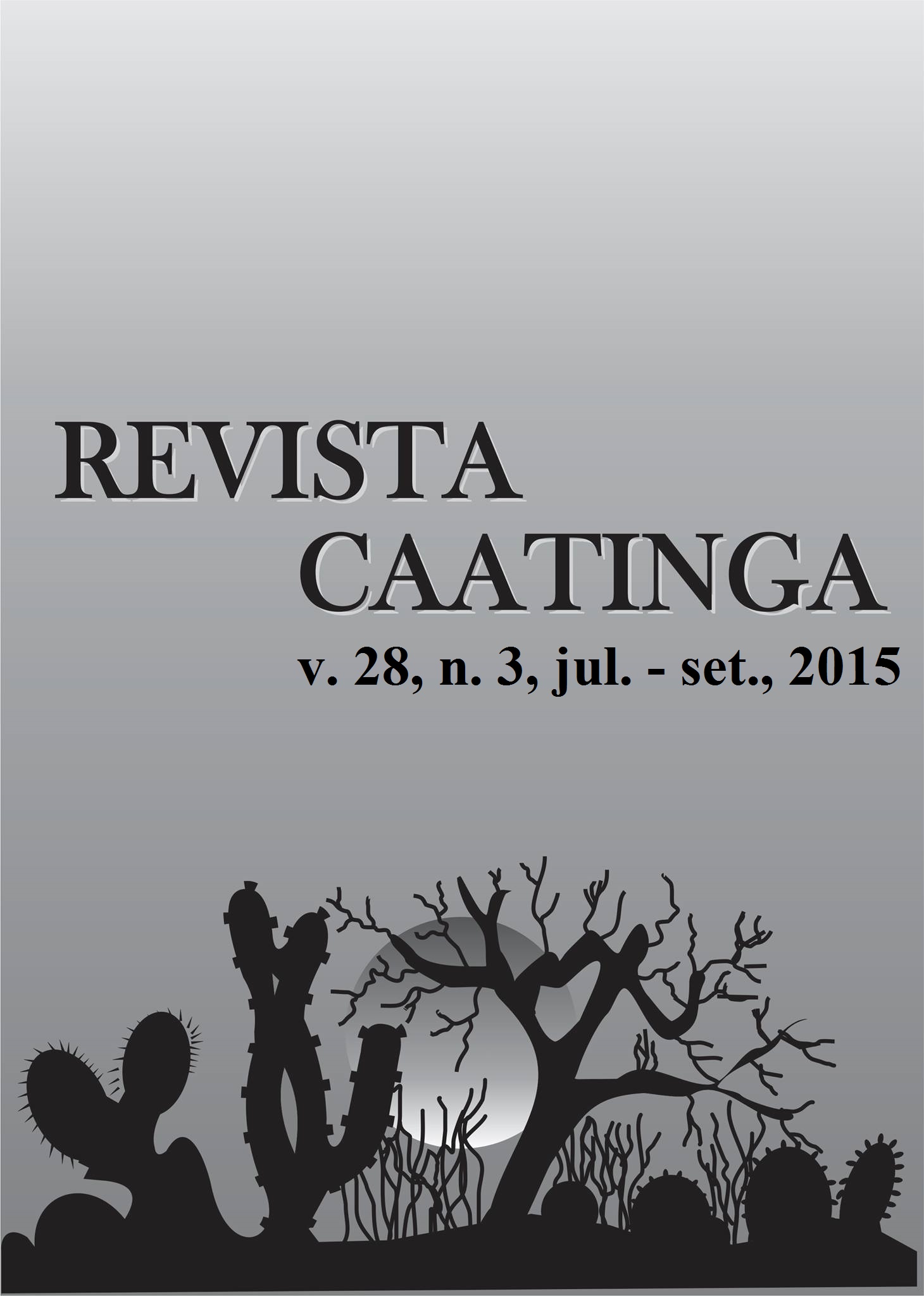PHYSIOLOGICAL RIPENESS OF PEPPER ‘BODE VERMELHA’ SEEDS
DOI:
https://doi.org/10.1590/1983-21252015v28n316rcKeywords:
Capsicum chinense. Germination. Vigor. Physiological quality.Abstract
This research aimed to evaluate the physiological quality of pepper (Capsicum chinense Jacq.) var. Bode Vermelha seeds, obtained from fruits at different ripening stages. The fruits of C. Chinese were separated according to the ripening stages, based on pericarp color (green fruits – stage 1, orange fruits – stage 2, light red fruits – stage 3, red fruits – stage 4, and carmine-red fruits – stage 5). To evaluate the ripeness and the physiological quality of the seeds were determined the biometric characteristics of the fruits and seeds, mass of thousand seeds, seeds water content, electrical conductivity, standard germinations test, speed of germination index, percentage of normal seedlings, speed of seedlings formation, accelerated aging, and seedling length. The characters length, diameter, weight, and number of seeds of the fruits and length, width, thickness, and mass of the seeds were analyzed by the estimated parameters using descriptive statistics. For the other variables was used the completely randomized design. The results were submitted to variance analysis and comparison of means by the Scott-Knott test at 5% probability. The ripeness stage affects the physiological quality of C. chinense Jacq. var. Bode Red seeds, being the seeds from red (stage 4) to carmine-red (stage 5) fruits those with the best performance thus, they are physiologically ripe, being the most indicated to seeds obtaining.Downloads
Downloads
Published
Issue
Section
License
Os Autores que publicam na Revista Caatinga concordam com os seguintes termos:
a) Os Autores mantêm os direitos autorais e concedem à revista o direito de primeira publicação, com o trabalho simultaneamente licenciado sob a Licença Creative Commons do tipo atribuição CC-BY, para todo o conteúdo do periódico, exceto onde estiver identificado, que permite o compartilhamento do trabalho com reconhecimento da autoria e publicação inicial nesta revista, sem fins comerciais.
b) Os Autores têm autorização para distribuição não-exclusiva da versão do trabalho publicada nesta revista (ex.: publicar em repositório institucional ou como capítulo de livro), com reconhecimento de autoria e publicação inicial nesta revista.
c) Os Autores têm permissão e são estimulados a publicar e distribuir seu trabalho online (ex.: em repositórios institucionais ou na sua página pessoal) a qualquer ponto antes ou durante o processo editorial, já que isso pode gerar alterações produtivas, bem como aumentar o impacto e a citação do trabalho publicado (Veja O Efeito do Acesso Livre).







